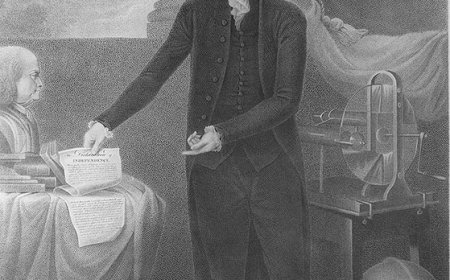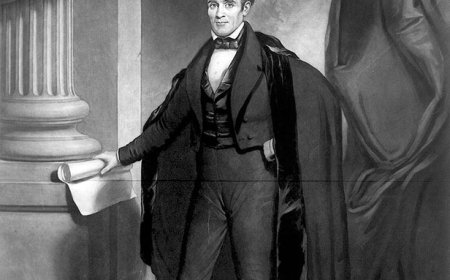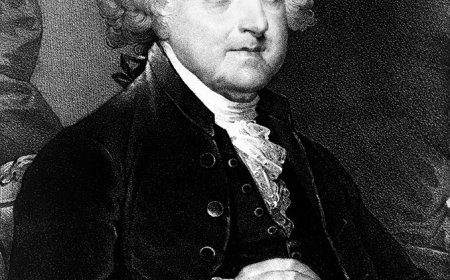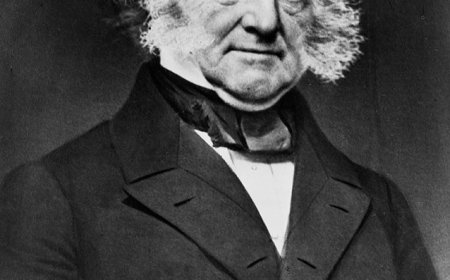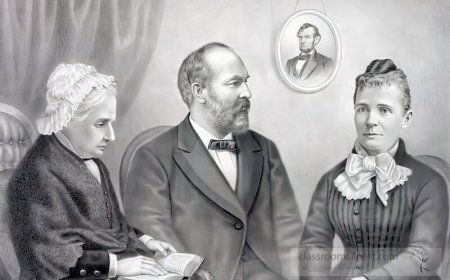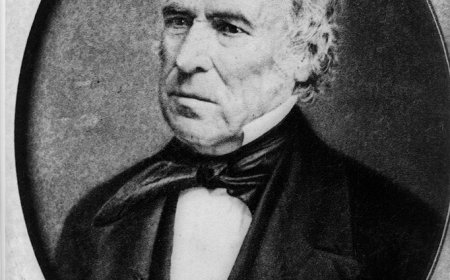George W. Bush Biography for Students 43rd President
Explore the life and presidency of George W. Bush, the 43rd President of the United States. Learn about the 9/11 attacks, the War on Terror, education reform, and Hurricane Katrina—plus vocabulary, fun facts, a quiz, and a kid-friendly summary
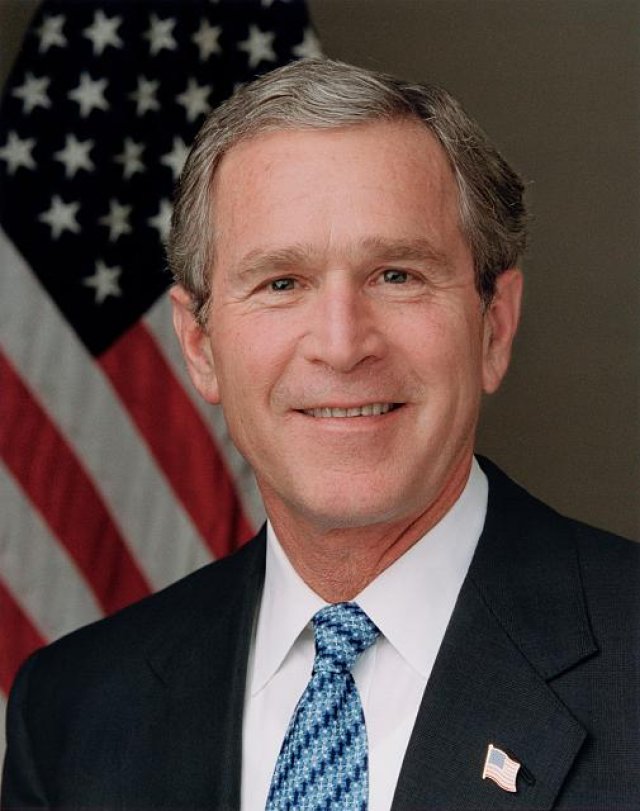
🇺🇸 George W. Bush Biography for Students
43rd President and Leader During 9/11 and National Crisis
🧭 Introduction
George W. Bush was the 43rd President of the United States, serving from 2001 to 2009. He was the son of President George H. W. Bush, making them one of only two father-son presidential pairs in American history. Bush led the country during one of its most difficult times—the September 11, 2001 terrorist attacks. His presidency focused on national security, the War on Terror, education reform, and disaster response. While his decisions sparked both support and criticism, Bush is remembered for being a steady, determined leader during times of crisis.
👶 Early Life and Education
George Walker Bush was born on July 6, 1946, in New Haven, Connecticut, while his father was a student at Yale University. He grew up in Texas, where he developed a love of sports, family, and the outdoors. Known for his friendly and fun-loving personality, he was sometimes called “W” (pronounced "Dubya") to avoid confusion with his father.
Bush attended Yale University, like his father, and later earned a business degree from Harvard Business School—becoming the first U.S. president to hold an MBA. Before entering politics, he worked in the oil business and helped manage the Texas Rangers baseball team.
🏛 Early Political Career
In 1994, George W. Bush ran for governor of Texas and won. As governor, he worked to improve public schools, lower taxes, and build relationships between political parties. He was known for being approachable and focused on results.
In 2000, he ran for president as the Republican Party candidate. His opponent was Vice President Al Gore. The election was incredibly close and controversial, especially in the state of Florida, where a recount was ordered. The U.S. Supreme Court stopped the recount, and Bush was declared the winner, even though he lost the national popular vote.
🇺🇸 Bush’s Presidency Begins (2001–2009)
George W. Bush entered the White House with goals to cut taxes, reform education, and strengthen the military. But everything changed just months into his presidency.
On September 11, 2001, terrorists hijacked airplanes and attacked the World Trade Center in New York City and the Pentagon in Washington, D.C. Another plane crashed in Pennsylvania after passengers fought back. Nearly 3,000 people died in the worst terrorist attack on U.S. soil.
Bush responded with strength and compassion. He promised that the U.S. would fight terrorism and protect freedom. His speech at Ground Zero, where he stood with firefighters, became a symbol of unity and resolve.
⚔️ War on Terror: Afghanistan and Iraq
After 9/11, Bush launched the War on Terror. The first step was the war in Afghanistan, where the Taliban government had allowed the terrorist group al-Qaeda to operate. U.S. forces quickly removed the Taliban from power and searched for Osama bin Laden, the leader behind the attacks.
In 2003, Bush led a second war in Iraq, saying that Saddam Hussein had weapons of mass destruction (WMDs) and posed a threat. Although Hussein was removed from power, no WMDs were found. The Iraq War became controversial and lasted many years, with thousands of soldiers and civilians killed.
Supporters said Bush kept America safe, while critics argued the war caused unnecessary harm and cost too much. These decisions shaped much of his presidency.
🏫 Domestic Policy and Education
One of Bush’s biggest domestic achievements was the No Child Left Behind Act, a law to improve schools and hold them accountable for student performance. It focused on testing, teacher quality, and helping students in low-performing schools.
Bush also:
- Signed tax cuts to help families and businesses
- Supported faith-based charities
- Worked to strengthen Medicare for seniors by adding prescription drug coverage
While some programs were praised, others were debated for their costs and effectiveness.
🌪️ Hurricane Katrina and Emergency Response
In 2005, Hurricane Katrina struck the Gulf Coast, flooding New Orleans and causing widespread damage and death. The federal government’s response was slow and disorganized, and Bush faced heavy criticism.
Although he later took responsibility and worked to rebuild affected areas, Katrina became one of the low points of his presidency. It raised questions about emergency preparedness and fairness in disaster response.
🧾 Life After the Presidency
Bush left office in 2009 with mixed approval ratings but remained active in public life. He returned to Texas and focused on writing, painting, and supporting veterans. He opened the George W. Bush Presidential Center in Dallas and started programs to help military families.
He also worked with former Presidents Bill Clinton and Barack Obama on relief efforts after natural disasters. Though no longer in politics, Bush became a voice of unity and compassion in tough times.
👨👩👧 Personal Life and Character
Bush married Laura Welch in 1977. She was a librarian and schoolteacher who became a popular First Lady. They have twin daughters, Barbara and Jenna.
Bush is known for his humor, warmth, and love of country. He enjoys painting portraits, riding bikes, and clearing brush on his Texas ranch. Even his critics often say he is personally kind, respectful, and devoted to service.
💬 Famous Quotes
“I can hear you. The rest of the world hears you. And the people who knocked these buildings down will hear all of us soon.”
—Speaking at Ground Zero after 9/11.
“Freedom itself was attacked this morning by a faceless coward. And freedom will be defended.”
—A message of resolve after the attacks.
“Education is the key to success in America.”
—On the importance of learning for all.
💡 Interesting Facts About George W. Bush
- He was the second son of a president to become president himself (after John Quincy Adams).
- He owned part of a Major League Baseball team (the Texas Rangers).
- He painted portraits of world leaders and veterans after leaving office.
- He was reading to schoolchildren when he learned about the 9/11 attacks.
- His nickname is “W” (pronounced “Dubya”).
📚 Vocabulary Words
| Word | Definition |
|---|---|
| Terrorist | A person who uses violence to create fear, often for political reasons |
| War on Terror | A global campaign launched by the U.S. to stop terrorism after 9/11 |
| Weapons of Mass Destruction (WMDs) | Weapons that can cause massive loss of life or damage |
| Impeachment | The process of charging a government official with wrongdoing |
| No Child Left Behind | A law focused on improving schools and education quality |
👧 Kid-Friendly Summary
George W. Bush was the 43rd president of the United States. He was president when terrorists attacked on September 11, 2001, and he promised to keep the country safe. He led the wars in Afghanistan and Iraq, helped improve schools, and tried to bring people together. Even though some choices were hard and some people disagreed, Bush stayed strong and worked to do what he believed was right. After being president, he focused on helping veterans and creating art.
✅ Interactive Quiz
Q1: What number president was George W. Bush?
A. 41st
B. 42nd
C. 43rd ✅
D. 44th
Q2: What major event happened on September 11, 2001?
A. Moon landing
B. Hurricane Katrina
C. Terrorist attacks ✅
D. Wall Street crash
Q3: What law focused on improving schools?
A. Head Start
B. No Child Left Behind ✅
C. Every Student Succeeds
D. Common Core
Q4: What country did the U.S. invade first during the War on Terror?
A. Iraq
B. Iran
C. Afghanistan ✅
D. Syria
Q5: What did Bush do after leaving office?
A. Became a senator
B. Returned to business
C. Focused on painting and helping veterans ✅
D. Moved to New York
Scoring:
5/5 = ⭐ Bush History Expert
3–4 = 👍 Well Done
1–2 = 📘 Review and Retake


















































